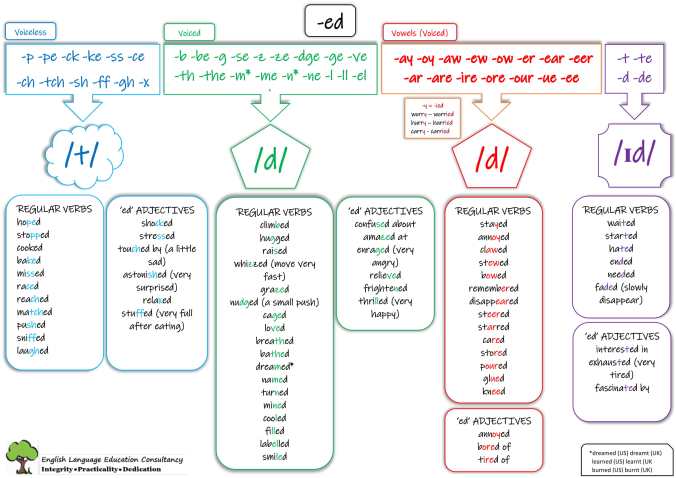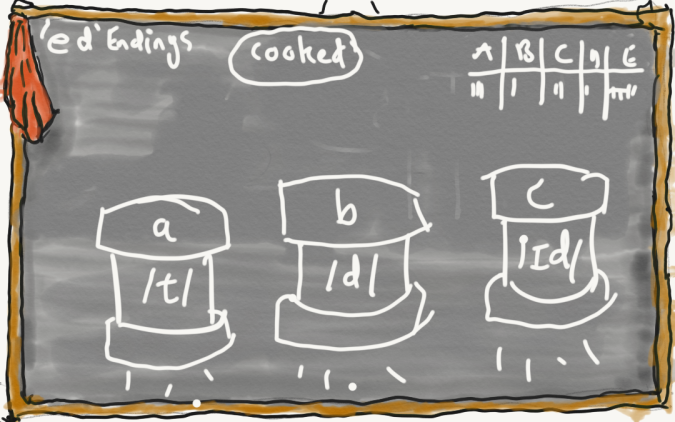Welcome back everyone. This week we are looking at two English sounds which can be a little confusing for some students: /r/ and /l/. In this short article we will look at why these sounds can be confusing, how they are articulated in English and activities you can try to help articulate these two sounds more effectively.
Let’s Begin!
/l/ we have already covered in some detail which you can check out here. /r/ on the other hand can be a little challenging. This is because in some languages /r/ is articulated with the tongue and the area just behind your upper teeth (the alveolar ridge). Languages such as Arabic, Japanese and Bahasa Indonesian articulate /r/ to varying degrees in this way. You can hear these below:
a) Arabic ر – ‘rahman’ (mercy)
b) Japanese ら – ‘ramen’ (ramen noodles)
c) Bahasa r – ‘ruman’ (room)
As you can hear, it almost sounds like a sound between a /l/ and /r/ sound.
If a ‘native’ English speaker were to pronounce these words, it might sound as follows (both pronunciations are given to make it easier to hear the difference):
a) Arabic ر – ‘rahman’ (mercy)
b) Japanese ら – ‘ramen’ (ramen noodles)
c) Bahasa r – ‘ruman’ (room)
As you can hear, English /r/ sounds very different to the /r/ may sound in the languages above.
In English, /l/ is articulated similar to how /r/ is articulated in the languages above. So already you can see how the two sounds can get confusing! Let’s illustrate both the /l/ sound and /r/ sound in English below to help us articulate them ore effectively.
If we move from the picture on the left to the picture on the right, we can see that /r/ is articulated with the front of the upper teeth coming close to the bottom lip. The bottom lip then moves away as the sound is released, producing the desired /r/ sound.
/l/ on the other hand is articulated with the tip of the tongue touching the area behind the upper teeth. The tip of the tongue then moves away as the sound is released, producing the desired /l/ sound.
The best way to remember this is that /l/ uses your tongue and /r/ uses your teeth.
Listen to the words below, can you hear the difference between English /l/ and /r/? Try practising the words yourself after you listen.
a) rip lip
b) lime rhyme
c) loom room
d) rock lock
e) glass grass
f) gram glam
g) clam cram
h) blame brain
j) brew blue
k) glory
l) merrily
m) Lorraine (female name)
n) Leeroy (male name)
‘Native’ English speakers can have problems with the /r/ sound too! And some speakers pronounce /r/ as /w/. So, for example, they pronounce words like ‘rabbit’ as ‘wabbit’. Children also have difficulty with the English /r/ and pronounce it with a /w/ sounds sometimes. In other words, English /r/ is not a very easy sound and can take time to develop!
How Can We Help Students with English /l/ and /r/?
First, you can display the pictures above in your classroom. This will give your students a useful reference point when trying to pronounce English /l/ and /r/.
The important thing is that your students can listen to the sounds in different words so their awareness of the English sounds improves. After they listen they should try to say the sounds in different words. To help you with this, some activities have been designed below to help your students with this. You can download the entire set (including a Key for Teachers) for free by pressing the link below.
DOWNLOAD HERE /l/ and /r/ Listening Worksheets and Key
Activity 1: Lion and Rabbit

Activity 1 is a minimal pairs activity. Minimal pairs are words which are the same, but one sound is different. For example, ‘lock’ and ‘rock’. Students listen and tick the sound (/l/ or /r/) in the words they hear. You can listen to the audio for the worksheet below.
Activity 2: Which One?

Activity 2 is similar to Activity 1 but here they tick the word they hear. Again, it is a minimal pairs activity. You can listen to the audio for the worksheet below.
Activity 3: Can You Spot the Difference?

Activity 3 is a little more difficult. Here students have to identify which pronunciation is the correct pronunciation. They choose pronunciation A or pronunciation B. You can listen to the audio for the worksheet below..
Activity 4: Simple Silly Sentences

Activity 4 uses silly sentences to help students develop fluency with the /l/ and /r/ sound. It encourages students to switch between the sounds more quickly. To do this start slowly with the students and then they can gradually say it faster. If you do not feel confident modelling it for your students, you can listen to the audio for each silly sentences below. You can also print it out and stick it on your wall or board. Remember to get students to LISTEN to the silly sentences first before letting them read them.
Red Cherries and Yellow Lemons
A Lot of Chocolate
A Little Rabbit
Why is this important?
English /l/ and /r/ can cause a few problems for students whose language usually has /r/ articulated with their tongue. This is because there are many words in English where the difference in meaning is identified by the /l/ or /r/ sound. You can see this with Activity 1 and 2 above. This may also cause some communication problems too, as the intended words can be misunderstood easily. So, if your students struggle with English /l/ and /r/, give the above activities a try and please leave feedback if you found it useful!
As usually, LIKE, FOLLOW, COMMENT AND SHARE if you found this article helpful!
Catch you again soon!

























